This post may contain affiliate links. Please read our disclosure policy.
Teaching kids to declutter their room can be a challenge … or it can be fun for them (if you give them the chance to help.) Have you tried watching Tidying Up with your children and been shocked to discover they didn’t get pumped up to declutter? Maybe you’ve even decluttered the rest of the house and the only rooms left are the ones belonging to your children. I’m here to encourage you not to declutter for them and share some tips and tricks to make the process easier.
Have you heard the old adage ‘Give a man a fish and feed him for the day? Teach a man to fish, and feed him for a lifetime’? We want to teach our kids to declutter & clean by giving them some age-appropriate chores so that we aren’t cleaning up after them for our lifetime.
How to start teaching kids to declutter
The first step is to lead by example. If you haven’t decluttered other areas in your home yet, you’ll want to do that first. You can read about different methods for decluttering your entire home and also get a free declutter plan of attack worksheet to help you get started.
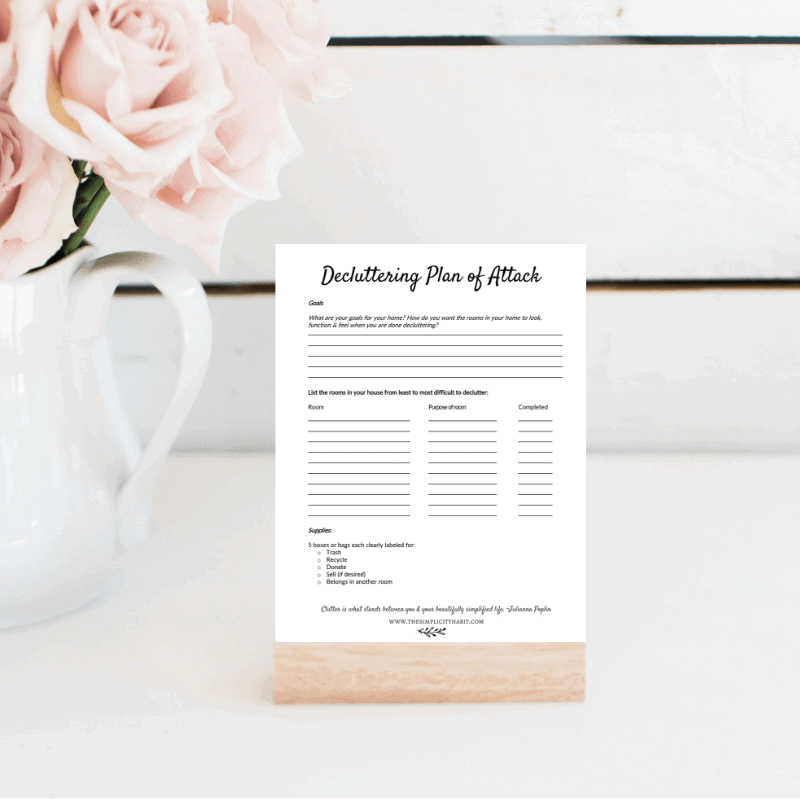
I almost always suggest decluttering before organizing. However, teaching kids to declutter their own room is the exception to the rule. In this instance, you as the adult choose the appropriate amount and size of storage containers for the room. In most cases, you can use what you already own.
Provide boundaries to help
I suggest picking up a few storage containers for your kids, to help them. In providing the containers, you have given your children boundaries. It’s up to them to choose what stays and what goes. The rule is that they cannot overfill the containers. You’ve now empowered the kids to choose their most special and meaningful toys.
Teach them to take ownership over their space
Depending on the ages of the children, they may require some hand-holding through the process. In my house, I have one child who wants to keep everything and declutter everything that belongs to another child. We have a rule that you only get to decide on your own stuff. No decluttering someone else’s belongings (I also have to follow this rule myself and resist the temptation to declutter my husband’s things).
Help with decision making
In most cases, kids who are old enough should be able to make decisions without adult intervention. It is interesting to notice if and when you are tempted to either suggest they declutter something you don’t like or keep something they don’t like.
If you think they will regret an item they say they want to get rid of, pull it aside and store it for a predetermined amount of time. If they don’t ask for that toy, then you can donate it.
As they are starting to declutter, you don’t want them to feel punished by the process. Yes, it’s a reality that once you let things go they are gone. However, being gentle and compassionate as they learn will help them to not resent it ;).
Make decluttering a regular practice
As you make decluttering a regular practice in your home it gets less overwhelming. It also becomes accepted as another task or chore that your family does. We declutter seasonally as well as before Christmas and birthdays. We loosely follow the one in one out rule so my kids know that in order to be able to have new presents we first have to create space by letting go of some of their current things.
Encouraging family and friends to give experiential gifts is great, but toys still tend to appear so having a system in place for dealing with the flow helps you stay on top of it.
Make decluttering fun for kids
With any kind of clean up process, try to make it fun. Play some upbeat music. Turn it into a game by challenging your kids to finish before the timer goes off. Explain the goals in decluttering, such as their room will be easier to keep clean and they’ll have more time and space to play is a great motivator too!
For the sentimentalists…
Some children can be very sentimental. For our daughter, it is more challenging for her to let go of formerly loved toys. However, when her attention is on where the toy is going next (to a cousin, neighbor, or being donated) it becomes easier. Her focus is taken off herself and what she’s giving up and is instead on giving it to someone else to enjoy. We encourage her to be a part of that process in giving the items away.
What they learn by decluttering
In going through the decluttering process, kids will learn about:
- stewardship
- responsibility
- gratitude
- generosity
Stewardship
Are you using your resources well? Our kids notice how we use our money and what we value. They also observe if we buy things on impulse or if we’ve been selective and thoughtful with our purchases.
What would your kids say you value? Decluttering your own things and demonstrating thoughtful purchasing shows them what matters to you. If you don’t want your kids to be preoccupied with acquiring stuff then you shouldn’t be either.
Responsibility
In teaching kids how to declutter their room, they learn to be responsible for their space and for their things. Set the expectation that they are to take care of and manage their own belongings. It’s so important that kids learn this skill set as they grow so they don’t leave the nest not knowing how to be responsible for their stuff. Their future roommates will thank you.
Gratitude
Having a greater sense of ownership and responsibility for their toys and space also helps them to be more thankful. When they’re overwhelmed by the sheer number of things they own, it’s harder to be grateful for any of it. They may not even know what they have and feel burdened trying to maintain it (i.e. mom continually telling them to put them away ;)).
Decluttering helps shine a light on the things they treasure and the things they don’t. Getting rid of what they don’t want helps them to focus on gratitude for the things they keep and love.
Generosity
Demonstrating generosity in giving to others is an added benefit of decluttering. Have your kids be part of the process in passing along the things they are no longer keeping. Find a friend, neighbor, or relative who could use the items. If you can’t then list it on your local buy nothing group or donate it to a local organization you like to support.
Although it may be some work initially in teaching kids how to declutter their room, the pay off for what it teaches them and how it will help you is worth it! And maybe after some practice, they will become inspired by watching Tidying Up with you. Here’s to hoping!
More Posts You Might Like:
Daily Cleaning List

Chores for kids by age
Swap Chores for Screen Time
Julianna Poplin is a professional organizer/declutterer and writer at The Simplicity Habit. She loves her husband, daughters, and dirty chai tea lattes. Get her free declutter plan of attack worksheet and you’ll also receive weekly tips on decluttering, simplifying, and living intentionally.
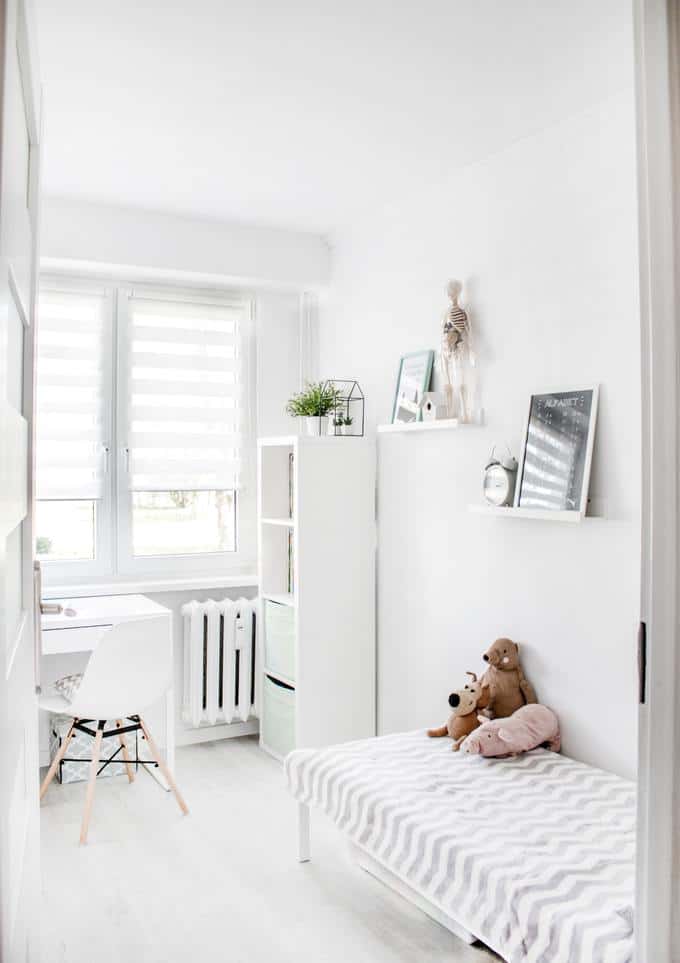
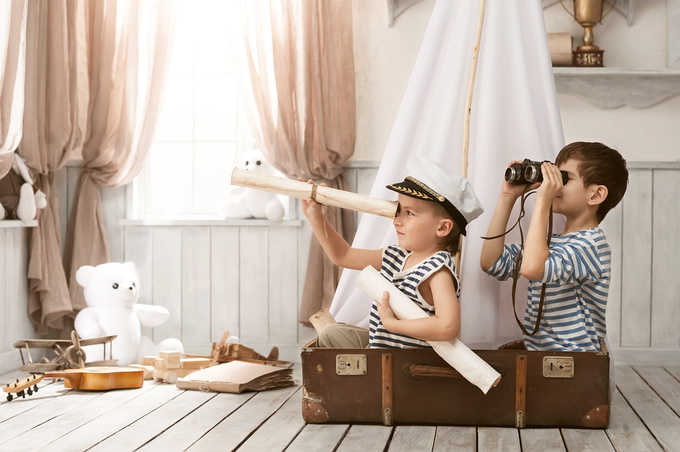
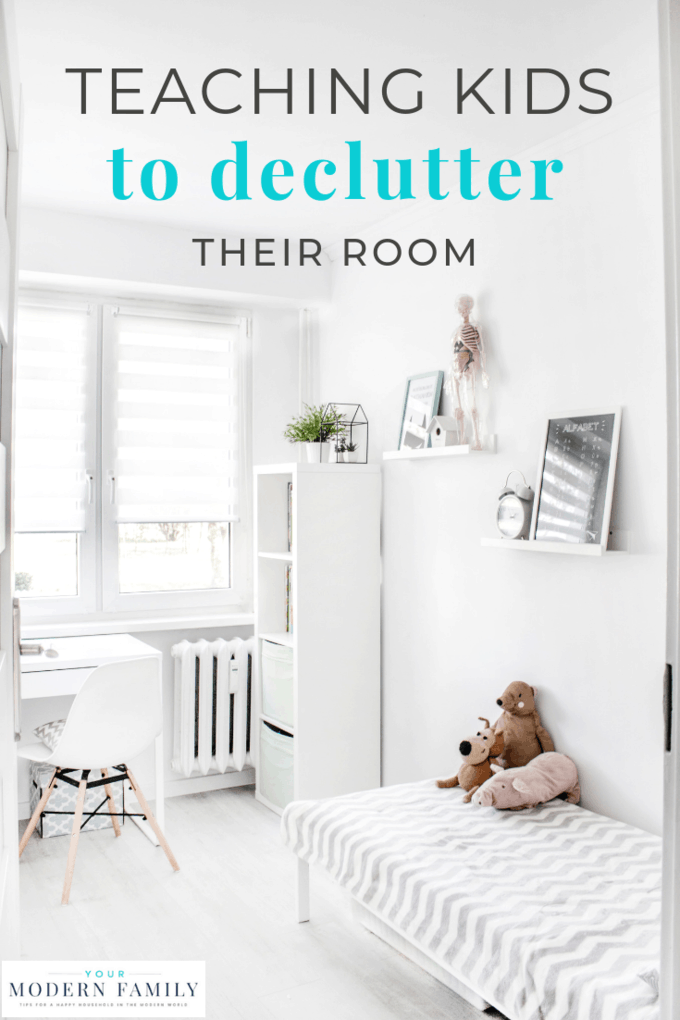
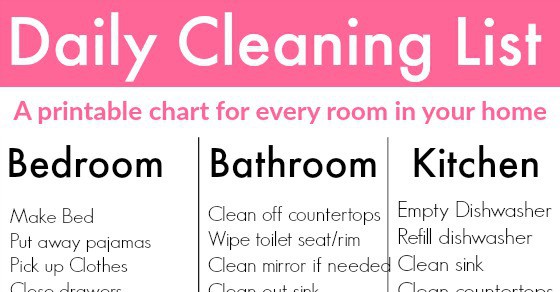
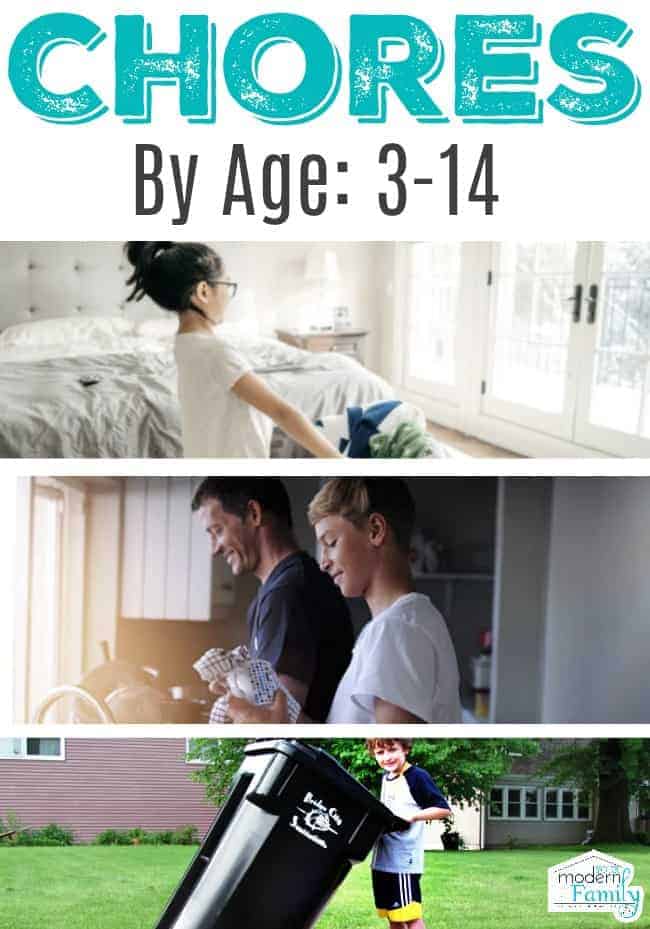
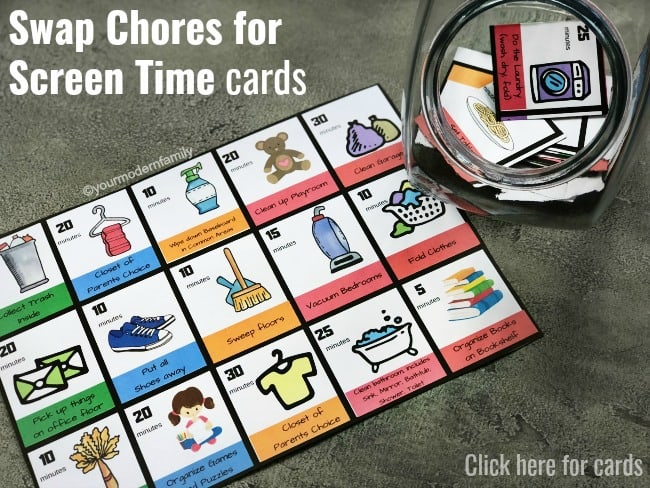

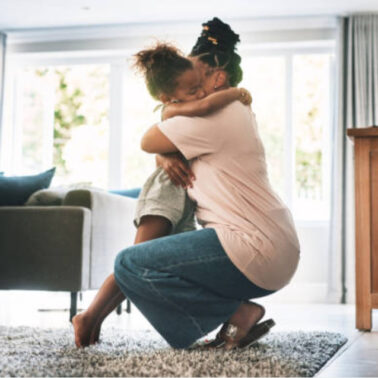


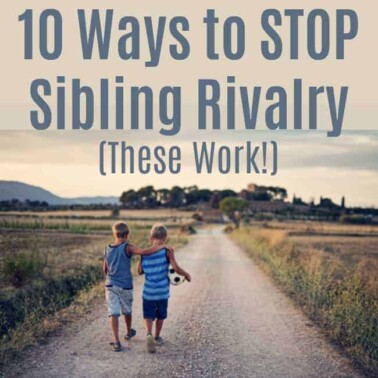









I’ve been telling and reminding my 5-year-old daughter to declutter after she plays, but till now, it doesn’t seem to sync her yet. But the nice thing is that she already tried giving up the toys that she wasn’t been playing.